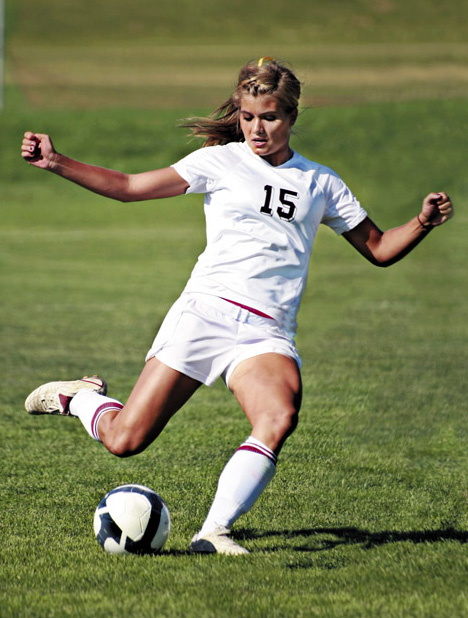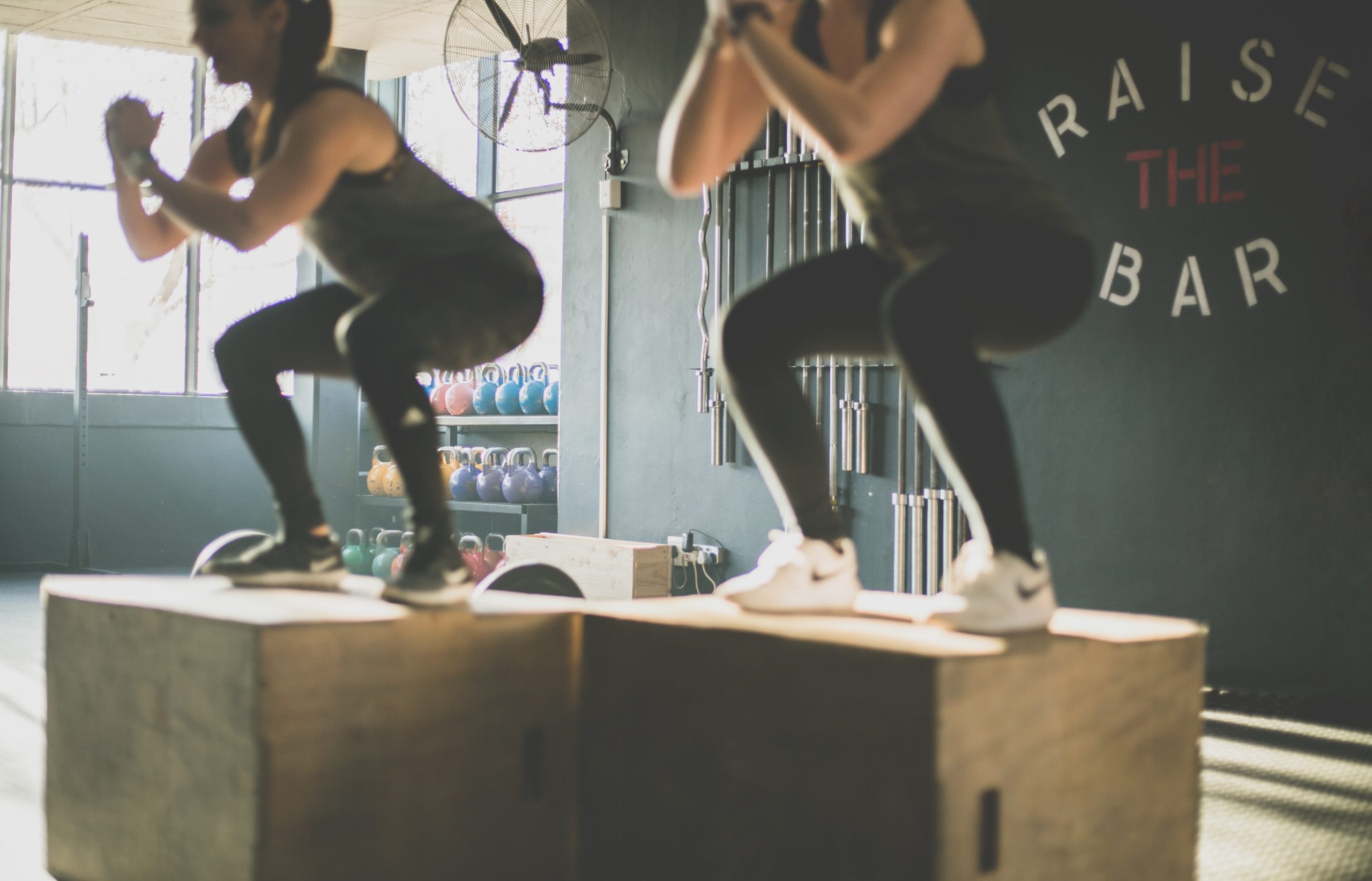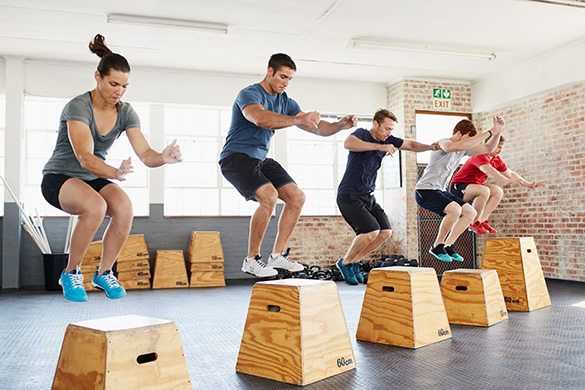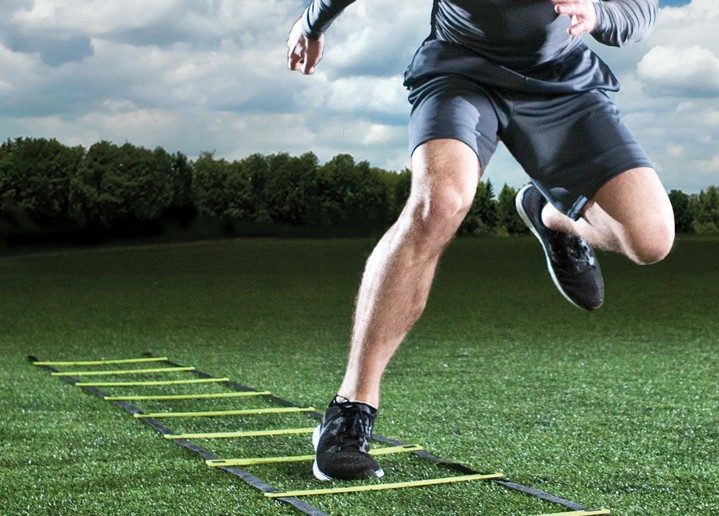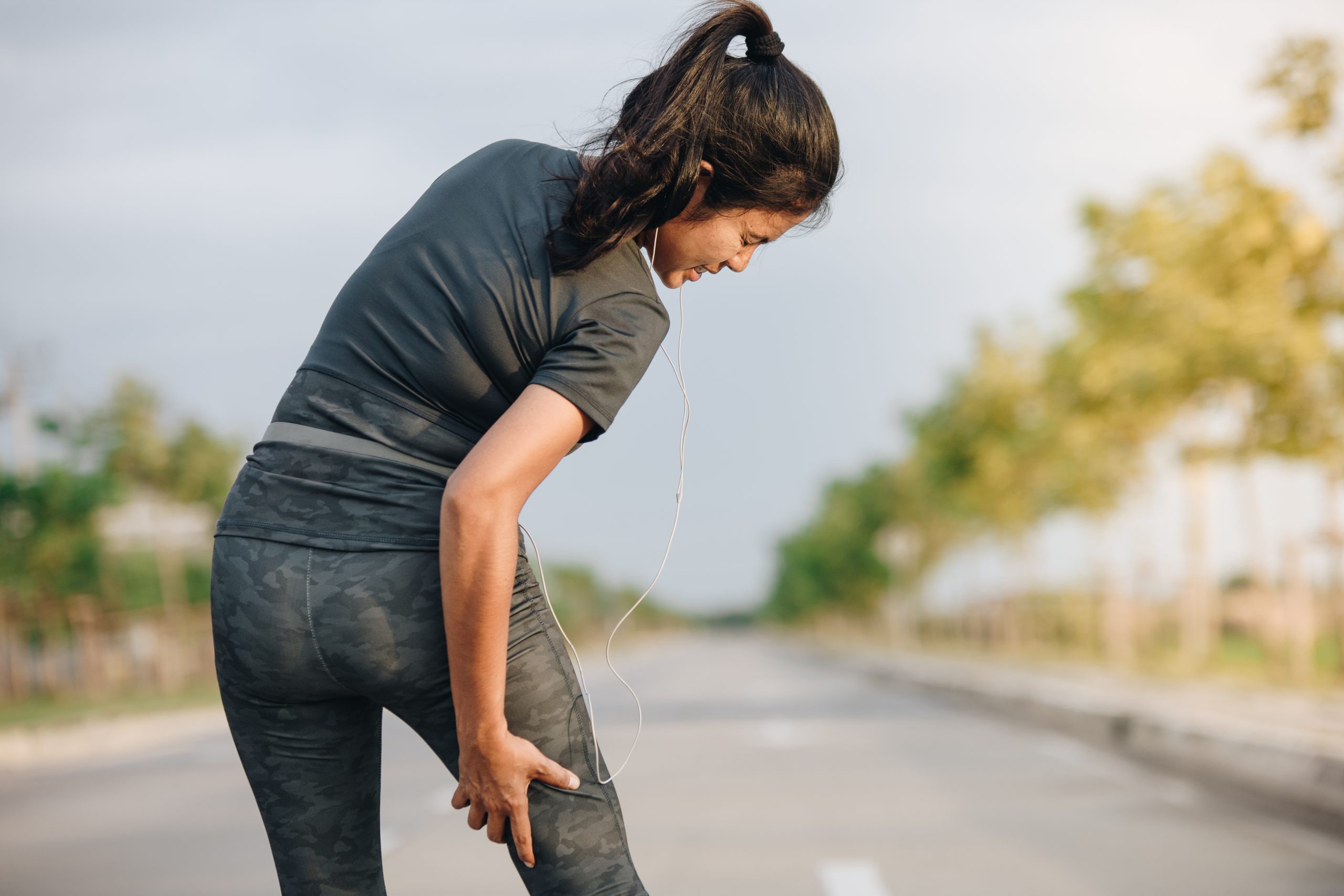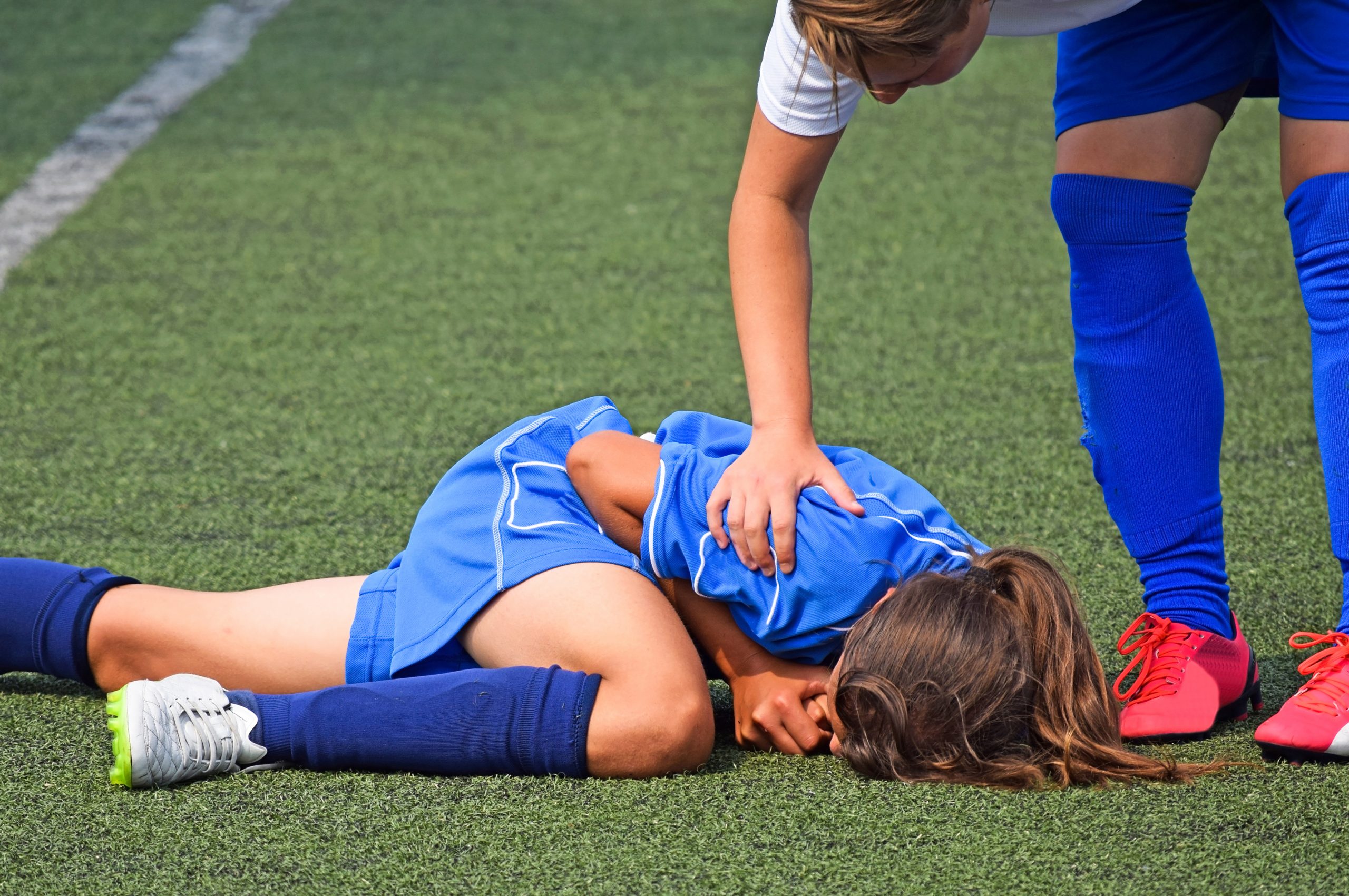Reducing The Risk for ACL Tears with Movement Quality Screening
Anterior Cruciate Ligament (ACL) tears are nothing short of soul-crushing. Athletes who suffer one are in for a long 9–12 month ride of surgery concerns, head-scratching post-op differences of opinion, and the potential for insurance companies to prematurely cut them off, resulting in high risk for a re-tear. It is extremely frustrating that we still lack common knowledge about this injury. Especially when we have been seeing such a huge spike in ACL tears in recent years. In America alone, over 200,000 ACL injuries occur each year and 70 percent
Ways to Make ACL Recovery Smoother
The journey back from an ACL injury for an athlete can be long and mentally draining. For a couple of months, an athlete will be sidelined and won’t be able to participate in their sport. It’ll seem like most of their world is shutdown and life is a little dark at the moment but I promise there’s light at the end of the tunnel. While athletes can’t work on their sport skills or play in games, there are things athletes can do that can benefit them in the long run.
3 Posterior Chain Exercises to Prevent ACL Injuries
The posterior chain plays a tremendous role in not only making athletes powerful and strong, but also keeps them healthy and safe, especially from ACL injuries. Studies have shown athletes with greater hip strength and lower body were also athletes who responded smoother to unanticipated cutting and landing tasks. This is important because most ACL injuries are from just that, non-contact injuries such as cutting and landing. With this all in mind, athletes should focus on strengthening their posterior chain muscles (glute, hip muscles, hamstrings, and calves) and below I’ll
Plyometric Drills For Athletes & Preventing ACL Injury
Plyometric exercises are an important piece to the puzzle when training athletes. They increase power, speed, and explosiveness. Most importantly, learning how to decelerate and absorb force through plyometric training is one of the best ways to prevent ACL injuries. As important as it is to train these movements, it is just as significant to monitor the quality and quantity of such drills. If an athlete lacks stability or strength, especially in the muscles surrounding the knee, they put themselves at a higher risk for ACL injury during sport. Plyometric
ACL Tear: What’s Next?
An injury to the Anterior Cruciate Ligament (ACL) can be devastating, especially to athletes, but it doesn’t mean your career is over. Improvements in technology and research have made it possible to return to sport the following year. However, this relies on many variables and changes person to person, but it is not unrealistic to see an athlete return to full strength the following season. In fact, we see it often in professional sports. What is done before and after ACL surgery, if deemed necessary, is crucial to the recovery
My 3 Favorite Exercises for Preventing ACL Injuries
ACL injuries are devastating, and the best remedy for them is to try to prevent them in the first place. In a recent blog post, coach Mike Lefebvre listed 4 things to help prevent ACL tears and laid out a few concepts that we like to train in order to prevent ACL injuries. When we train these concepts, most exercises fit into more than one of the concepts that he mentioned. Below are a few examples of my favorites. Single Leg Landmine RDL Why I like it: The landmine RDL hits just about
Baby Steps: Quality Post Rehab Fitness
Small Quality Baby Steps In today’s world we want everything in an instant. From what we eat to our online orders, we want things as fast as possible. This same principle applies to us after an injury or when we’re suffering from pain. We all want the fastest route to the state we were in prior to the injury or pain, but what many people fail to realize is that getting things quickly comes at a cost. The cost when it comes to post rehab training is that if we
Hamstring Injuries Are No Joke
Hamstring injuries are no joke and can linger longer than athletes want. We all know athletes who have had hamstring injury issues that seem to never go away. They’re one of the most common injuries among athletes and studies have shown that reoccurrence rates of these injuries are high as well. With these two ideas in mind, hamstring injury prevention should be top priority for athletes who sports require them to complete high intense sprints and changes of direction. To start off, we need to know what the hamstrings do. The
4 Things to Help Reduce Risk of ACL Tears
ACL tears have been plaguing athletics for quite some time. Over the past 30 years, high school sports participation has increased, and ACL injuries have skyrocketed as a result. Each year, somewhere between 100,000-200,000 athletes in the United States suffer this devastating injury. Anyone who’s been through it will likely tell you the aftermath is worse than the injury itself. This aftermath includes the emotional toll, costly surgical repair, long rehabilitation process, missing out on social life, impatience and agitation, and the list goes on. What Causes ACL Tears? The knee joint
Coaching the Mental and Emotional Side of ACL Rehab
If you’re an athlete or an active person over the age of 30, you’ve had enough years to understand that life is a series of ups and downs, and to explore different activities that bring you happiness and a sense of fulfillment. But for a dedicated teenage competitor, a serious injury such as an anterior cruciate ligament (ACL) tear can be devastating because their identity, sense of self-value, and dreams about their future are often tied to success in a given sport. And, the younger they are, the harder it is


